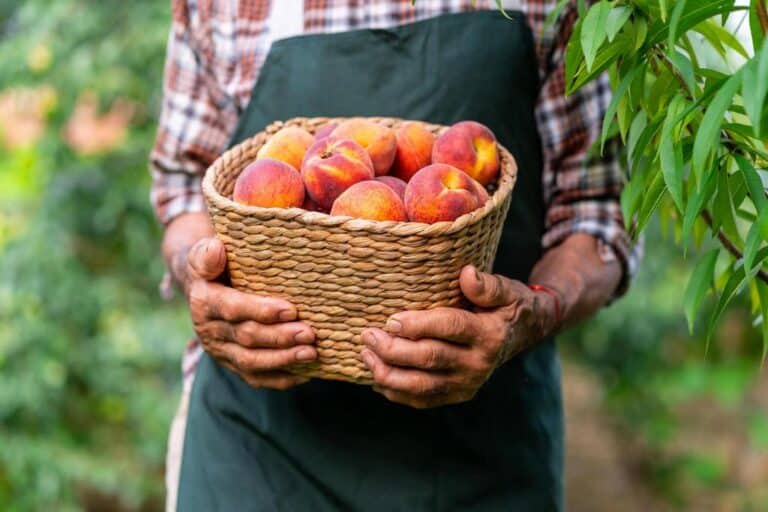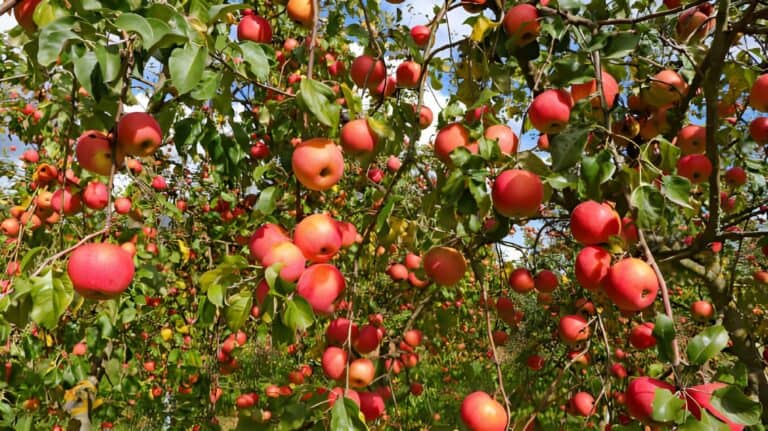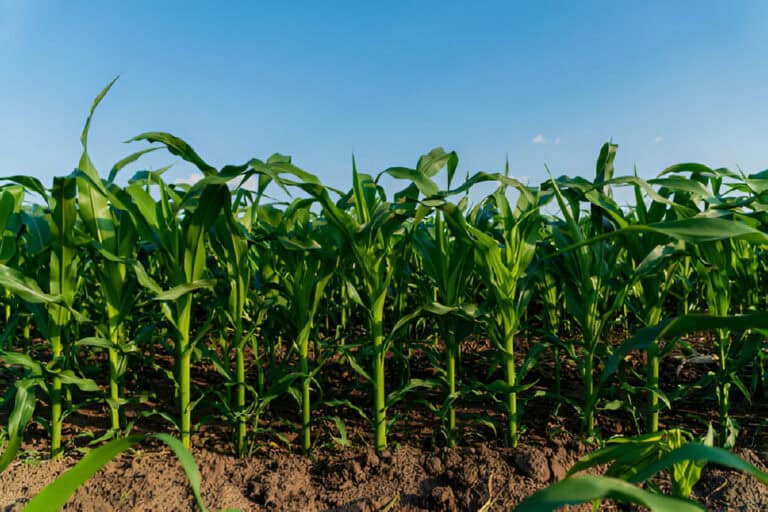Carrots Plant Care and Growing Tips: How to Grow in Pot or Container
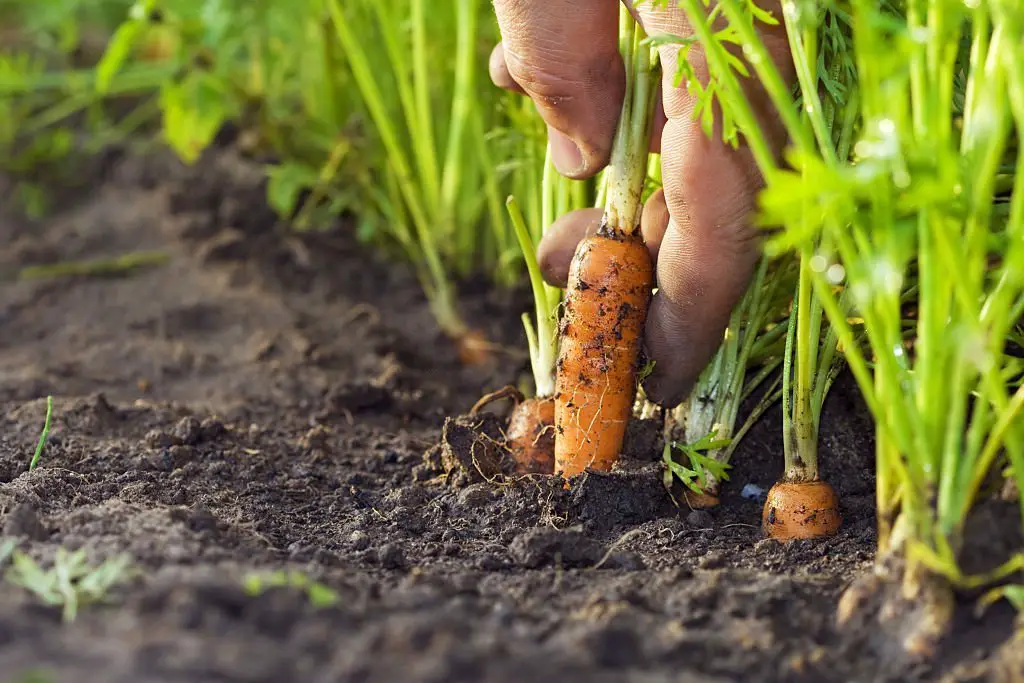
Carrots are root vegetables that are easy to grow. They, like other root vegetables, are a cool-weather crop that thrives in temperatures below 70 degrees.
Carrots are a high-reward crop based on what it takes to grow them and what they yield in return. Many nutritional experts have put carrots in the “superfood” category because of the number of vitamins, minerals, and antioxidants packed into each carrot.
Carrots are the taproot of the carrot plant. When we think of the roots of a plant, we usually think of a fibrous root system that has lots of branches going in all different directions. When a plant sends one major root straight down into the ground, side roots grow sideways from the taproot.
Grow Sweeter Tasting Carrots
Everybody loves tasty and juicy carrots, especially if they are sweet. However, not all carrots are naturally sweet. Some provisions are needed to grow sweeter-tasting carrots.
A carrot will get its flavor from the sugar content and the amount and type of terpenes in it. Carrots develop terpenes that can give them a piney, soapy, bitter, or spicy flavor. Terpenes also give a carrot its smell. Piney, soapy, or floral are common aromas that terpenes give off.
For a carrot to have a high sugar content, it needs to be at the right temperature during its last month of growth. Highs during the day around 70 and lows at night around 50 make for sweet carrots.
The warm, sunny days allow the carrot plant to make sugar, and the cool nights allow the carrot to rest and not burn the sugar off.
Best Soil Condition For Carrots
The best soil for carrots is similar to the best soil for planting most vegetables, and that is loamy soil or sandy loam soil. Loamy soil is a mixture of 40% sand, 40% silt, and 20% clay.
This mix of different-sized particles lets air, water, and growing roots pass through, but it keeps water and nutrients in the soil. Sandy loam soil contains more sand than other types of soil. If the soil is too sandy, it will not hold water or nutrients.
The best way to improve the soil you already have is to add aged compost to it. To get access to large amounts of compost, call your local government and find out if the city has mulch piles. Many cities will collect grass clippings and leaves and put them into huge piles where you can get as much compost as you want.
Potting soil is nice because most of it comes with all the fertilizer you need for the growing season already mixed in. If you’re looking for potting soil, Miracle-Gro is a good standard soil, and Organic Plant Magic is a reputable organic brand.
Best Fertilizer For Carrots
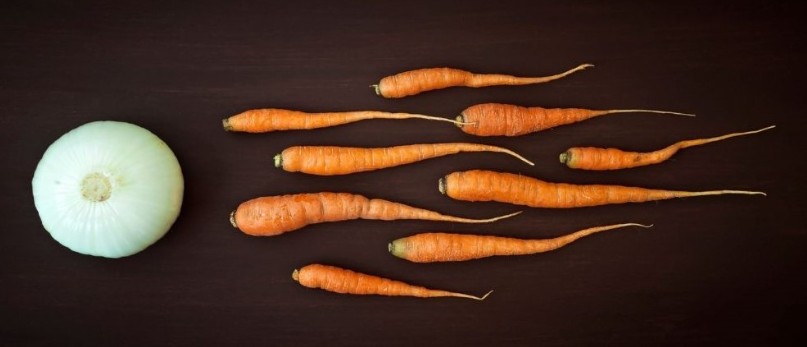
When you buy fertilizer, it is labeled with three numbers: N-P-K. These are the primary nutrients plants need to grow and produce. The letters stand for the macronutrients that plants need: nitrogen, phosphorus, and potassium.
There are also three other secondary nutrients plants need: magnesium, sulfur, and calcium. Plants also need micronutrients: boron, chlorine, copper, iron, manganese, molybdenum, and zinc. A soil test will check all those 13 nutrient levels.
Carrots are divided in half for top growth and the other half for root growth. Nitrogen is mainly needed for above-ground foliage growth, and potassium and phosphorus are for root and fruit growth.
There is no fruit growth with carrots, but the root growth is what we’re after, and it takes potassium and phosphorus.
For carrots, applying an all-purpose fertilizer at the beginning of their growth and then a fertilizer with a 1:2:2 ratio the rest of the season makes sense.
INFO![]()
Jack’s Classic is a great, standard, water-soluble fertilizer that measures 20-20-20. Organic Plant Magic is my personal favorite. It measures 6-5-5 and has over 55 trace minerals and 13 different beneficial bacteria strains.
Can Carrots Survive Frost?
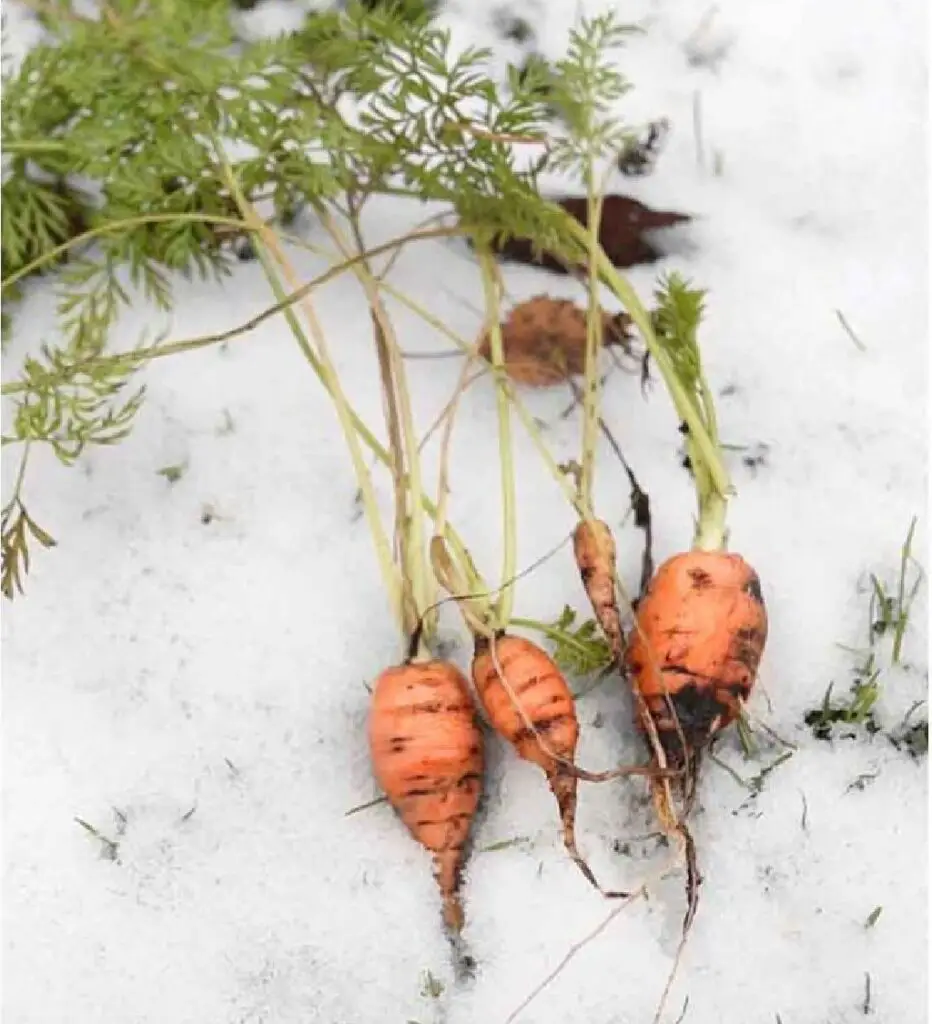
Carrot foliage can survive a light frost from 28 to 32 degrees but will freeze and die off with a hard frost. Carrot growth below 50 degrees has slowed significantly, so don’t count on much growth in a month with highs regularly below 50 degrees.
Carrots themselves can overwinter underground in a dormant stage until spring comes. This is a mechanism that plants that have biennial growing seasons have adopted. Even with air temperatures below 0 degrees, carrot roots can survive underground, especially with a layer of snow on the ground acting as insulation.
If you have trouble keeping carrots alive over the winter in your area, you can add mulch or row covers to insulate and warm the soil. Clear row covers can increase soil temperatures by up to 10 degrees, whereas black coverings will raise soil temperatures by around 5 degrees. The reason farmers use black row covers is because they don’t let sunlight in and so keep out the weeds.
How Often to Water Carrots?
Water carrots with 1 inch of water a week, including rainfall. It’s best to water carrots and other garden plants with less frequent, deeper waterings as opposed to more frequent, shallow waterings.
The reason for this is twofold:
- A deeper watering will go down 6-8 inches into the ground and force roots to grow deeper and more extensively to reach the water.
- Frequent shallow waterings leave the shallow roots of plants constantly drenched which can invite root rot and plant death.
Using a rain gauge or a rain barrel you have measured will give you an accurate reading of how much rain has fallen. Watering right after a light rain is usually a good idea.
To get an idea of whether or not to water, reach down about 4 inches into the ground. If it’s moist, let it be, and if it feels dry, add water. How often to water is depending on the soil’s moist and carrot growth stages.
Do Carrots Need the Full Sun?
When it comes to planting carrots, there’s a lot of misinformation out there. One of the most common myths is that carrots need full sun in order to grow properly. This isn’t true; carrots can actually grow in partial sun or even in shady areas.
That said, if you want your carrots to reach their full potential, it’s best to plant them in an area that gets much sunlight. Carrots need at least six hours of direct sunlight per day in order to grow big and strong.
If they don’t get enough sun, they’ll be smaller and more prone to disease. Use mirrors, water, or glass sculptures to increase the sunlight in a garden.
TIPS ![]()
If you’re not sure whether your garden has enough sun for carrots, try a little experiment: try planting a few carrots in different areas of your garden and see which ones grow the biggest.
Carrot Pests & Diseases
To organically control all foliage diseases and insect problems, I recommend regular neem oil and manual eradication. Neem oil is an organic substance made from the seeds of a neem tree. Spraying neem oil on the leaves of vegetable plants covers them with a wax-like coat that is not appetizing to insects and doesn’t allow diseases like powdery mildew to come into direct contact with the leaves.
Neem oil also has a natural active ingredient, Azadirachtin, that will eat away at insect eggs and mature insects’ exoskeletons. When I get an insect infestation or foliage disease, I’ll spray neem oil on the plants 2-3x a week.
Manual eradication by walking through the plants and throwing bugs in a bucket of soapy water and squashing them is time-consuming but effective. The combination of manual eradication and neem oil gets foliage disease and insect problems under control quickly.
Carrots are a root vegetable, so soil bacteria and insects are a major problem. As far as I know, for most of these conditions, the only thing to do is take preventative actions.
Move carrot crops around from year to year. Be sure to dig the soil up once a year 8-12 inches deep, to let sun, warmth, and air penetrate the soil.
For more specific information on carrot pests & diseases check out this article from University of Georgia Extension.
Tips for Growing Carrots in Pot and Container
When growing carrots, there are a few things you need to know. For one thing, carrots like well-drained soil. If your soil is heavy and wet, grow them in a container.
Carrots can be grown in any type of container, but you need to select pots that are deep enough to accommodate the roots of your chosen variety. You’ll find plenty of details on the different carrot types and varieties below, but root length ranges from 2 inches to a foot or more, so choose accordingly.
When growing carrots in containers, it is important to use a pot that is at least 6 inches deep and has a wide base. This will allow the carrots’ long, deep roots to grow properly. A container that is too shallow will stunt the carrot’s growth. Choose a container that has plenty of drainage holes. Fill the container with rich, organic potting soil.
Sow the seeds 1/2 inch deep and space them 2 inches apart. Keep the soil moist but not wet, and be sure to provide plenty of direct sunlight. Carrots will be ready to harvest in about 60 days.
In addition, choose a variety of carrot that does well in your climate. Carrots need plenty of water and sun to grow well.


